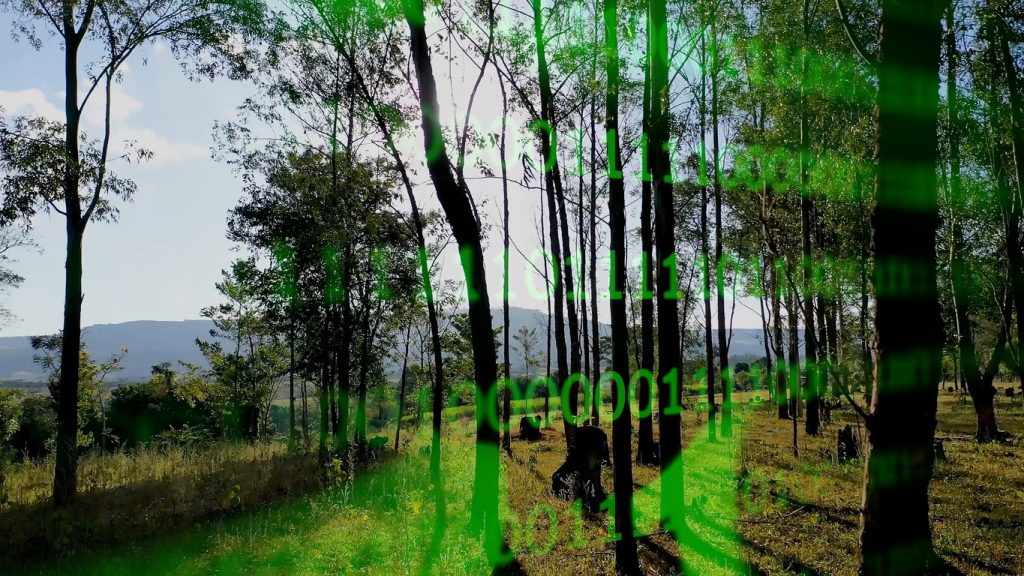Biotic resistance and invasional meltdown
Downstream impacts on keystone species, soils, and ecosystems
Global impacts of invasive plants in forests
Role of hybridization in invasions
Drivers of invasion transitions in forest ecosystems
Benefits and pitfalls of using nonnative trees in Europe (climate resilience, carbon, biodiversity)
Holobiont/holobiome approaches (co-invasions of fungi, insects, microbes, one health forestry)
Climate change, forest decline, and the hidden role of microbes

Synthesis of global microbial forest invasions (status, outlook)
Identify knowns and unknowns (biology, taxa, regions)
Collection of information into databases
How to standardize impact and ecosystem services
Summarizing successful practices (what has worked / not worked)
Global carbon loss due to forest invasions

Integrating ecology and economics (regional perspectives)
Economic impacts of invasive species (Invacost, stakeholders, trade-offs)
Cooperative biosecurity and regional plant protection
Living / cultural / institutional barriers to biosecurity
Global synthesis of pathway management loopholes and improvements
Unauthorized trade and system approaches
E-commerce and unregulated online trade in invasive species
The future of live plant trade (risks vs. necessity for carbon and biodiversity)

Integrative pest management across plants, insects, and pathogens
Use of new technologies to prevent invasions (AI, sterile insects, nanotech, RNA, eDNA, genomics)
Development of new plant hybrids and potential risks
Global overview of management approaches (null models, success/failure)

Project HIVE 101187384. Funded by the European Union. Views and opinions expressed are however those of the author(s) only and do not necessarily reflect those of the European Union or the European Research Executive Agency. Neither the European Union nor the granting authority can be held responsible for them.